Composting is essential for managing waste sustainably and creating nutrient-rich soil that promotes plant growth. While there are many ways to compost, one of the most efficient methods involves using earthworms.
Earthworms break down organic materials and transform them into a nutrient-rich fertilizer through a process known as vermicomposting. This fertilizer enriches the soil and promotes plant growth.
In the post, we will explore the benefits of composting with earthworms. How to start with vermicomposting. Some tips for maintaining a healthy and productive worm composting system.
Whether you’re an experienced gardener looking to boost your soil fertility or a beginner looking to reduce your environmental impact, composting is a practical and effective way to create a sustainable system for managing waste and promoting plant growth. Join us as we dive into the world of vermicomposting and discover how these incredible creatures can help us create a healthier environment.
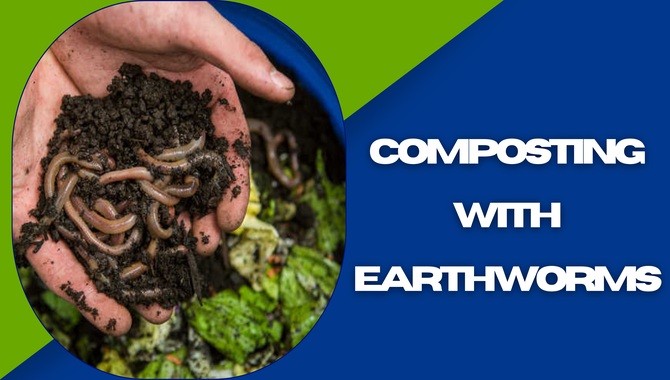
Why Compost With Earthworms?
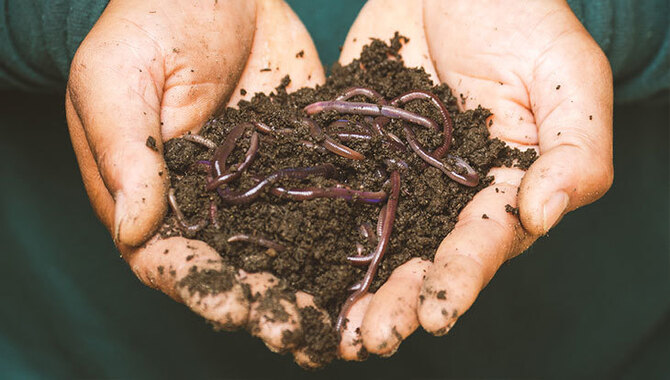
Composting is a process that many gardeners and farmers have come to appreciate. But why choose earthworms over other methods of composting? For starters, earthworms are highly efficient decomposers.
They process organic matter into nutrient-rich castings much faster than traditional composting methods. Additionally, you can use earthworm castings as an excellent natural fertilizer to improve soil health and promote plant growth. Unlike synthetic fertilizers, which can damage the soil and surrounding environment, earthworm castings are safe and environmentally friendly.
It also helps to reduce waste and promote sustainability by diverting organic waste from landfills and using it to create compost. We can reduce greenhouse gas emissions and conserve natural resources. Furthermore, you can use relatively low-maintenance earthworm composting, which is feasible in small spaces. Making it accessible to anyone, regardless of their living situation.
Types Of Earthworms Used In Composting
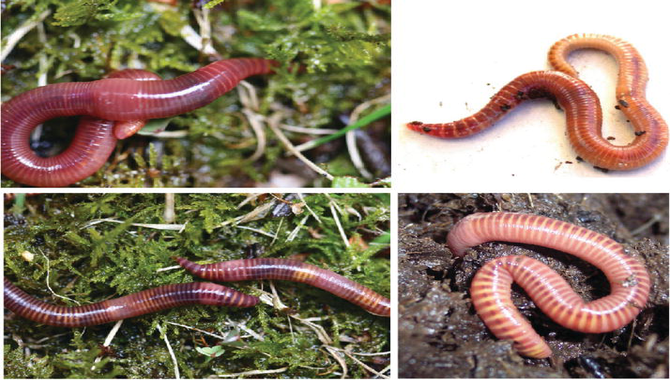
Red Wiggler (Eisenia fetida): Red wigglers, also known as redworms or manure worms, are one of the most popular earthworm species used in composting. Red wigglers are voracious eaters and can consume large amounts of organic matter, turning it into nutrient-rich castings.
European Nightcrawler (Eisenia hortensis): European nightcrawlers are more giant earthworms than red wigglers and are well-suited for composting. They are more cold-tolerant and can thrive in a wider range of temperatures.
African Nightcrawler (Eudrilus eugeniae): African nightcrawlers are giant earthworms native to tropical regions. They are highly efficient decomposers and can consume various organic materials, including kitchen scraps, yard waste, and manure.
Tiger Worm (Eisenia fetida “Tiger”): Tiger worms, a specific variant of red wigglers, are known for their distinctive striped appearance. They possess similar characteristics to red wigglers and are excellent composting worms. Tiger worms are particularly effective in breaking down organic waste and producing nutrient-rich castings.
Composting Costs With Earthworms
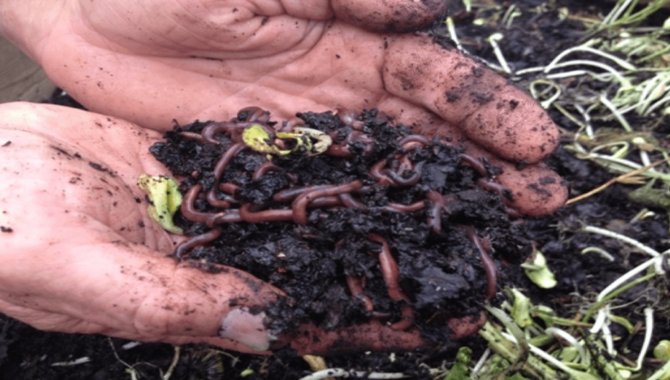
Composting is a cost-effective way to create nutrient-rich soil for your garden. Earthworms consume organic materials and break them down into a form that plants absorb more easily. This process reduces waste that would otherwise go to landfills and eliminates the need for expensive fertilizers.
Additionally, engaging in earthworm composting requires minimal equipment and allows you to do it indoors or outdoors, making it accessible to almost anyone. Overall, using earthworms for composting is a sustainable solution that can save you money while improving the health of your garden.
Essential Materials
Composting requires some essential materials. First, you will need a container to hold the compost and the worms. A plastic bin or a wooden box with a lid can work well. You will also need bedding material, such as shredded newspaper, cardboard, or coconut coir, to create a comfortable environment for the worms.
Additionally, you will need food scraps, such as fruit and vegetable peels, coffee grounds, and eggshells, to feed the worms. Lastly, you will need a spray bottle to keep the bedding moist and a thermometer to monitor the temperature of the compost. With these materials, you can successfully compost with earthworms.
An Easy Method Of Making Compost With Earthworms
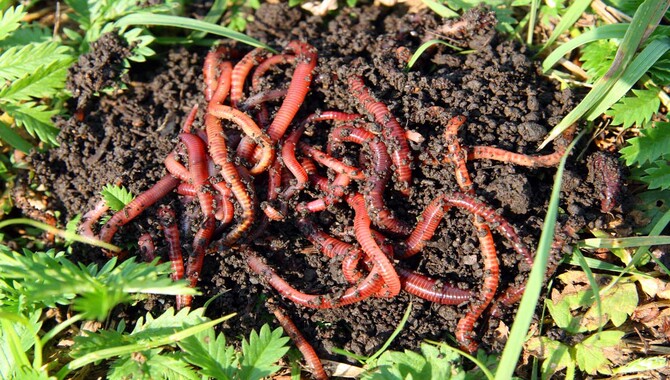
Composting is breaking down organic matter using a specific type of worm called red wigglers. Vermicomposting is an efficient, natural, and environmentally friendly way to recycle food scraps, yard waste, and other organic materials. With proper care, your worm bin can provide a constant supply of high-quality fertilizer for your plants while reducing your carbon footprint and diverting waste from landfills. Here are 10 tips for composting with earthworms:
- Choose a well-ventilated container that allows excess moisture to drain.
- Fill the container with bedding material such as shredded newspaper, coconut coir, or dried leaves.
- Add red wiggler worms to the bedding material.
- Add food scraps such as fruit and vegetable peels, coffee grounds, and eggshells to the container.
- Mix the food scraps into the bedding material.
- Keep the container in a cool, dark place away from direct sunlight.
- Monitor the moisture content and add water to keep the bedding material damp but not wet.
- Avoid adding meat, dairy, or oily foods, which can attract pests and create unpleasant odours.
- Harvest the finished compost by separating the worms from the compost and removing the compost from the container.
- Use the finished compost in your garden to improve soil health and fertility.
How Do You Collect Earthworms?
There are several ways to collect earthworms. One standard method is to handpick them from the soil surface or dig them out of the ground using a spade or a fork. Another method is to use a bait trap, which involves placing a piece of moistened cardboard or burlap on the soil surface and waiting for the worms to gather underneath it.
You can also attract earthworms by watering the soil or adding organic matter such as compost or leaf litter to the soil surface. Additionally, you can purchase specialized earthworm collectors that efficiently gather large numbers of worms.
Feeding Your Earthworms For Optimal Composting
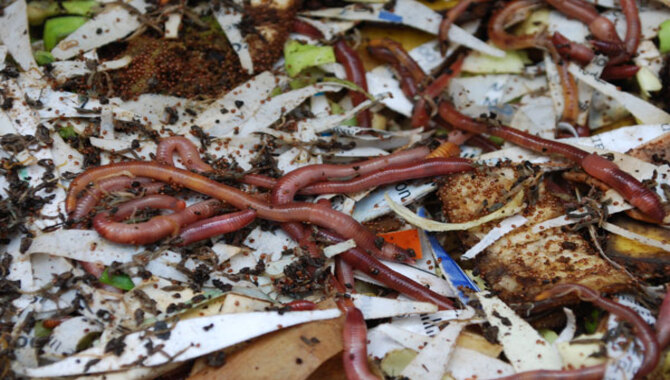
To optimize the composting process using earthworms, it’s essential to feed them properly. Earthworms can process various organic materials, including fruit and vegetable scraps, coffee grounds, eggshells, and shredded paper. However, it’s important to avoid feeding them meat, dairy, oils, and citrus fruits.
To keep your earthworms healthy and productive, provide them with a balanced diet and avoid overfeeding them. Additionally, it’s important to maintain the proper moisture level in their bedding to ensure their survival and overall success in composting.
Maintaining Proper Moisture Levels In Your Composting System
Maintaining proper moisture levels in your composting system is essential for successful composting. The ideal moisture level is between 40-60%. If the compost is too wet, it can become anaerobic and start to smell. On the other hand, if it’s too dry, the microbes that break down the organic matter won’t be able to thrive.
To maintain the proper moisture level, you can add water to the compost pile or adjust the carbon-to-nitrogen ratio by adding more “green” materials such as food scraps or grass clippings if it becomes too dry or more “brown” materials such as dried leaves or sawdust if it becomes too wet. It’s also important to cover the compost pile to prevent excess moisture from rain or snow.
Vermicomposting Vs Traditional Composting Methods
Vermicomposting is a type of composting that uses worms to break down organic waste. Traditional composting methods typically involve using bacteria and fungi to break down the waste. Vermicomposting tends to be faster and more efficient than traditional composting, as the worms digest the waste quicker and produce a nutrient-rich soil amendment.
You can also engage in indoor vermicomposting, making it an excellent option for those without access to outdoor space. However, traditional composting allows for larger-scale operations and can handle a wider variety of waste materials. Ultimately, the choice between vermicomposting and traditional composting will depend on individual needs and preferences.
Common Mistakes To Avoid In Vermicomposting
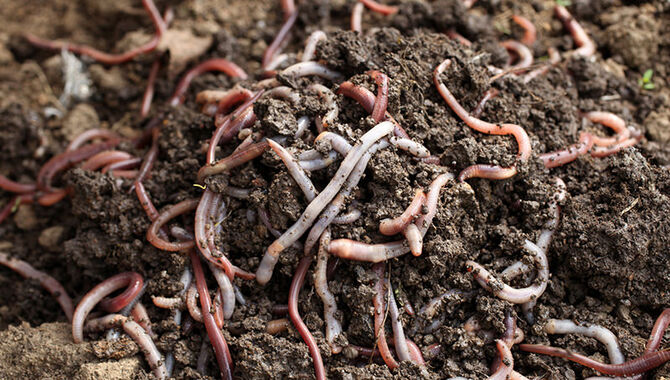
When it comes to vermicomposting, there are a few common mistakes that people should avoid to ensure a successful outcome. One mistake is overfeeding the worms, which can lead to an abundance of food that ultimately goes to waste and attracts pests. Another mistake is using the wrong bedding material, creating a hostile environment for the worms.
Not maintaining the proper moisture levels in the bin can also harm the worms’ health and well-being. Finally, avoiding using materials that can harm the worms, such as chemicals or meats, is essential. You can create a healthy and thriving vermicomposting system by being mindful of these common mistakes.
Composting With Earthworms In Urban Environments
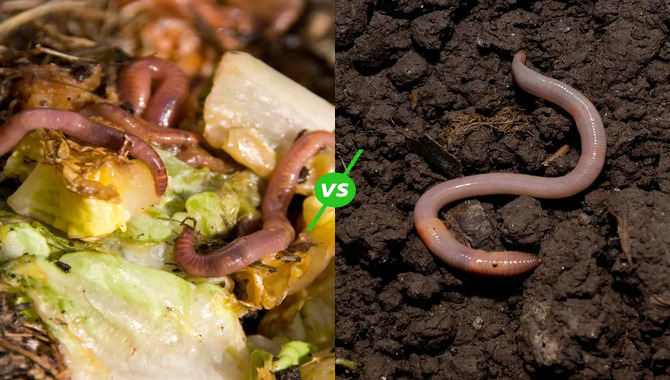
Composting is a sustainable way to dispose of food waste in urban environments. Earthworms break down organic matter and produce nutrient-rich compost that can be used in gardens and plants. This composting method can be done indoors in small spaces, making it ideal for those living in apartments or other urban settings.
Additionally, it helps reduce the amount of waste sent to landfills, which can positively impact the environment. Proper care and maintenance can be an effective and eco-friendly solution for managing food waste in urban areas.
Benefits Of Composting With Earthworms
Composting, also known as vermicomposting, has numerous benefits. First, earthworms break down organic matter faster than traditional composting methods. This means you can create rich, nutrient-dense soil in less time.
Additionally, vermicomposting is a great way to reduce waste and prevent it from ending in landfills. Earthworms also help aerate the soil and improve its structure, leading to better plant growth. Lastly, vermicomposting is a low-maintenance process that can be done indoors, making it a convenient option for those with limited outdoor space.
Commercial Applications Of Vermicomposting
Vermicomposting, the process of using worms to decompose organic waste, has several commercial applications. One everyday use is in agriculture, where vermicompost can be used as a soil amendment to improve soil health and fertility. This can lead to increased yields and healthier crops.
Vermicomposting can also manage organic waste in large-scale settings, such as restaurants and hotels. The resulting vermicompost can be sold or used for landscaping purposes. Additionally, vermicomposting can be a sustainable and cost-effective alternative to traditional waste management practices. Overall, vermicomposting has the potential to provide numerous benefits in various commercial settings.
Conclusion
Composting, also known as vermicomposting, harnesses the natural abilities of these remarkable creatures to convert kitchen scraps, garden waste, and other organic materials into nutrient-rich vermicompost. The importance of composting lies in its ability to accelerate the decomposition process, increase microbial activity, and enhance nutrient availability in the soil.
By introducing earthworms into the composting system, individuals can create a highly efficient and environmentally friendly method of recycling organic waste. The benefits of vermicomposting include faster compost production, improved soil structure, enhanced water retention, and reduced reliance on chemical fertilizers.
Composting reduces waste, promotes sustainable gardening practices, and improves the ecosystem’s health. By harnessing the power of these humble creatures, individuals can actively participate in creating a greener and more sustainable future. Composting with earthworms presents an opportunity to transform waste into valuable resources and nurture thriving gardens while reducing our environmental impact.
FAQ’s
[rank_math_rich_snippet id=”s-f082a9ce-8156-4126-9b94-4c34194b363a”]

I am passionate about home engineering. I specialize in designing, installing, and maintaining heating, ventilation, and air conditioning systems. My goal is to help people stay comfortable in their homes all year long.
